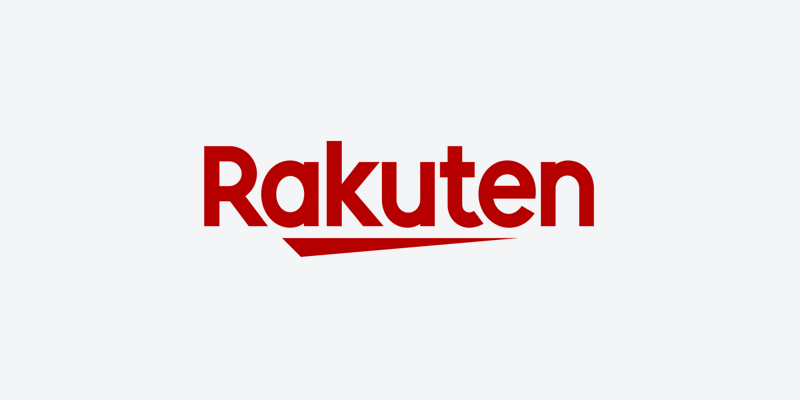
by Brian Roizen | Oct 16, 2018 | Marketplaces
Ecommerce platforms do not usually provide a separate parent level product (Magento is an exception). Amazon, however, requires a separate row for parents vs children using variation theme attributes. We have a build process for creating the required parent rows that... 
by Brian Roizen | Oct 16, 2018 | Tips, Strategy & Insights
A typical ERP system covers key business processes such as Human Resource Management, Supply Chain Management, Purchasing, Customer Relationship Management and many other business related modules. These modules (or core capabilities) are outside the scope of a PIM’s,... 
by Brian Roizen | Oct 16, 2018 | Tips, Strategy & Insights
A PIM serves to consolidate and administer scattered product information into a single holistic product data ecosystem. A PIM is different than a feed platform, because it’s really meant to allow editing of product data on a one-by-one basis, rather than through... 
by Brian Roizen | Oct 2, 2018 | Marketplaces
How do create a Buy on Google (formerly Google Shopping Actions) Feed? First you need to start with your raw product data. To get best possible performance on Buy on Google, you want to optimize your product feed not just to fit the Google Shopping specification, but... 
by Brian Roizen | Sep 28, 2018 | Tips, Strategy & Insights
There are a few different formats that Rakuten accepts (tsv, csv, zip, xml), so it is important to know whether or not they have an existing feed file. In addition, there are two versions of attributes that you can work with – one is Rakuten specific attributes, and...




